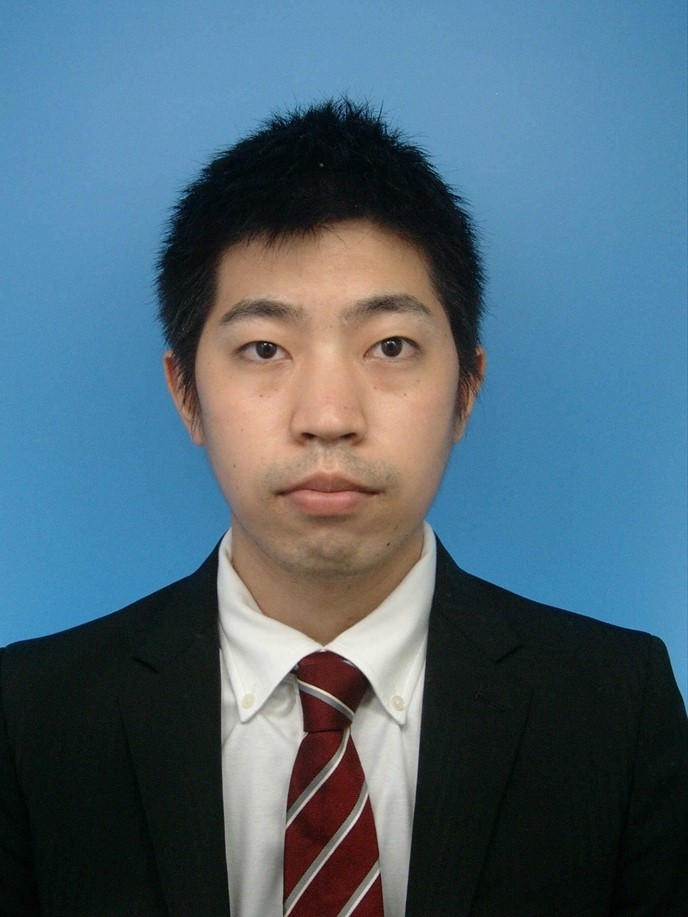Description
Objectives
Hinge fracture (HF) is one of the most common complications of medial closing wedge distal femoral osteotomy (MCWDFO). Recent clinical studies have reported that the supra-condylar hinge position (HP) was a risk for HF and suggested that condylar area was an appropriate HP to prevent HF. However, superiority of the condylar hinge over the supra-condylar hinge has not yet been well proven biomechanically.
Therefore, the aim of this study was to examine whether supra-condylar hinge has a higher risk for HF than condylar hinge in MCWDFO using computed tomography-based finite element methods (CT/FEM). Our hypothesis was that supra-condylar hinge would cause more failure elements in the hinge area and has a higher risk of HF than condylar hinge.
Methods
Four knees of three patients who underwent MCWDFO for lateral knee osteoarthritis were examined. Two finite element models were created from preoperative CT images by applying two different HPs in each knee: Condylar hinge model (Model C) and supra-condylar hinge model (Model S). In model C, HP was set to be 5 mm distal to the proximal margin of the lateral distal femur, while it was set as 5 mm proximal in model S. The wedge angle was set as 5 °. The mesh size was set as 1.5 - 3.0 mm and 0.4 mm shell elements were affixed. Young’s modulus was calculated from CT values by a previous report of Keyak et al. The Drucker-Prager yield criterion was used to determine tensile failure elements. To assess the risk of HF, the number of failure elements of the shell was compared between the two groups using student’s t-test. To predict a fracture line, connection of failure elements that form a line was assessed. Moreover, to verify FE analysis, biomechanical tests were performed using composite replicate femurs by creating the same two models as the FE models. The composite bone was placed on the testing machine and vertical displacement was applied until the gap closed.
Results
The mean failure element number in model C was significantly fewer than that in model S (C: 12.5 ± 6.2 vs S: 74.5 ± 26.0, p < 0.05). Failure elements were restricted to the anterior or posterior edge of the hinge area in all the models of group C, whereas failure elements connected entirely from the anterior to the posterior cortex of the hinge area, forming a fracture line in Group S (Figure 1). In the biomechanical test, the osteotomy gap closed completely without HF in model C, whereas HF occurred during closure in model S. The fracture line of model S in the biomechanical test was similar to the distribution of tensile failure elements of model S in the FE analysis.
Conclusions
The supra-condylar hinge showed a higher risk of HF than the condylar hinge. Supra-condylar hinge should be avoided to prevent HF in MCWDFO.




